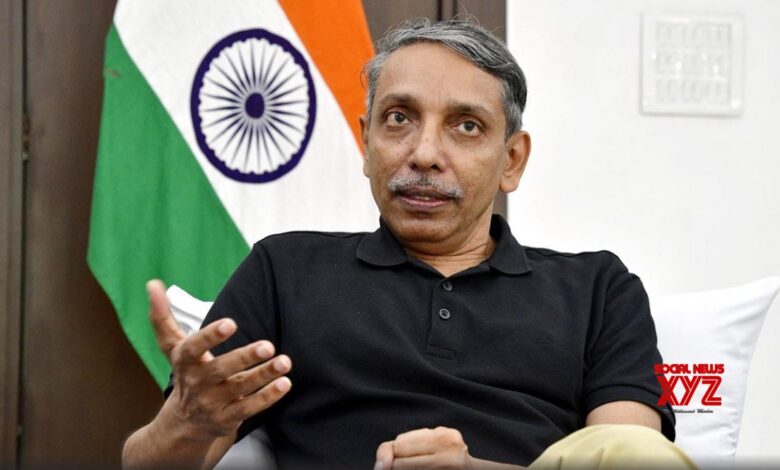Higher Education institutions can Admit Students Twice a year, says UGC Chairman

In a notable policy shift, the University Grants Commission (UGC) has decided to allow higher education institutions (HEIs) to admit students twice a year, starting from the next academic year. The announcement was made by UGC Chairman Professor Mamidala Jagadesh Kumar, who highlighted the potential benefits of this change for students and institutions alike.
Traditionally, Indian HEIs have followed a single academic session beginning in July/August and ending in May/June. The new policy will introduce an additional admission cycle in January/February, offering students another opportunity to enroll without waiting a full year. This change is expected to particularly benefit students who miss the initial admission window due to various reasons such as delays in board exam results, health issues, or personal circumstances.
Professor Kumar emphasized that biannual admissions could keep students motivated by reducing the wait time for enrollment. This flexibility would ensure that students who miss out on the July/August admissions can join their desired courses sooner, maintaining their academic momentum. Additionally, the new system is anticipated to enhance employment opportunities, as industries would have the chance to conduct campus recruitments twice a year.
The concept of biannual admissions is not entirely new to the UGC. The commission had previously implemented a similar approach for Open and Distance Learning (ODL) and online modes of education. The success of this initiative, which saw nearly half a million students enrolling in the January session following the July session, demonstrated the demand and feasibility of a biannual admission cycle.
Building on the positive response from the ODL and online modes, the UGC decided to extend this policy to regular mode programs. HEIs that have the necessary infrastructure and faculty are encouraged to adopt this system, though it remains optional. Institutions willing to implement biannual admissions will need to amend their regulations accordingly.
The UGC Chairman pointed out that biannual admissions would help HEIs manage their resources more effectively. By distributing their faculty, labs, classrooms, and support services across two admission cycles, universities can ensure a more efficient and balanced use of their facilities. This approach aligns with global practices, where many universities already operate on a biannual admission system.
Moreover, adopting a biannual admission cycle could enhance India’s global educational competitiveness. It would facilitate international collaborations and student exchanges, aligning Indian HEIs with global standards and increasing their attractiveness as study destinations. This move is in line with the National Education Policy (NEP) 2020’s vision of making India a ‘Global Study Destination.’
In conclusion, the UGC’s decision to allow biannual admissions aims to increase the Gross Enrolment Ratio and improve the overall educational landscape in India. HEIs will need to prepare adequately, ensuring their administrative processes, faculty, and support systems are ready to handle the new admission cycles. With careful planning and execution, this policy could significantly benefit students and institutions, fostering a more flexible and efficient higher education system.





